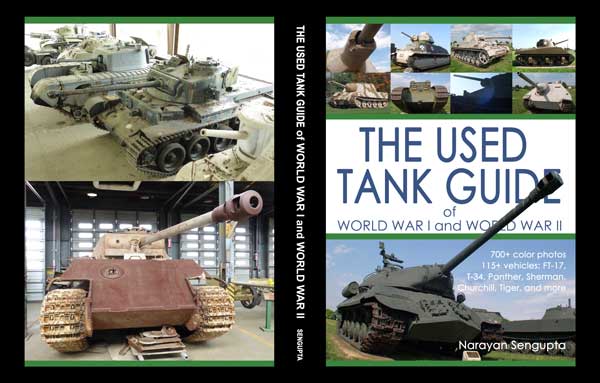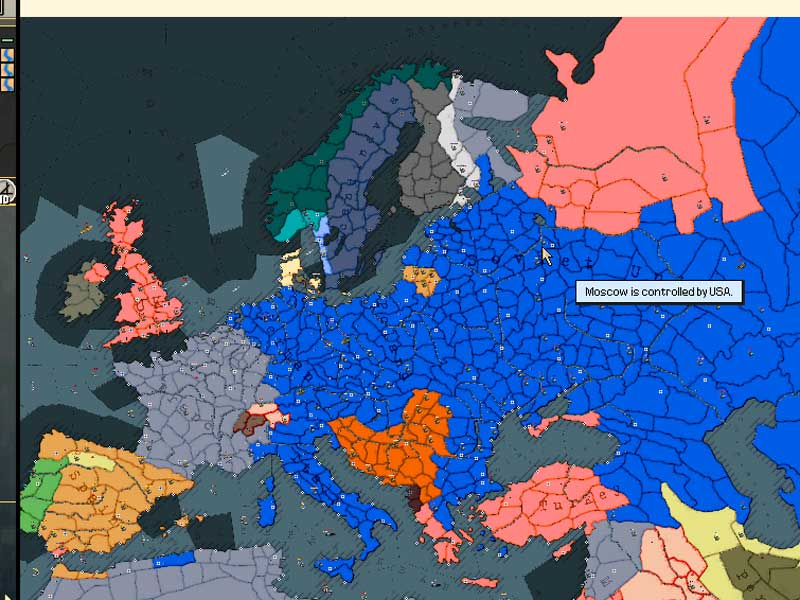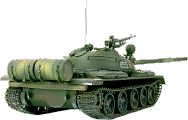by Philip Nelson
PG3-SE and PG3D, though they use essentially the same game engine, are significantly different in gameplay. Obvious things in PG3-SE like an improved AI, the new Blitz medal, the battle generator, Soviet units and campaigns, and a better interface account for much of that; but there is one interesting area in which PG3-SE was improved over PG3D. In PG3D, high-level leaders are given special bonuses that are not listed in the manual; and most were removed in PG3-SE. Let's have a look at them.
First, a two-slot leader attacks as if it were a unit with two more strength points than normal. Ergo, an eight-strength, five-star Tiger attacks as if it were at ten-strength. The two-slot leader is automatically given the class medal. Also, the unit's attack and movement attributes are harder to destroy, and its first two movements and combats are at full effectiveness. Thus, a tank can move five hexes twice before being penalized for movement.
Furthermore, a three-slot unit attacks as if it had four more strength points. The leader is automatically issued a random medal. Also, the unit's attack and movement attributes become even more difficult to destroy, and its first three movements and combats are at full effectiveness. Thus a normal three-slot tank can move fifteen hexes before being penalized! (In PG3-SE, a normal tank can travel at most ten or eleven hexes.)
This means that a ten-star bomber essentially has the equivalent of Devastating Fire, Recon Movement, Resilience, and two Influence medals at the same time! No wonder an A-26B with Overwhelming Attack is such a death machine.
In PG3-SE, only the resiliant attribute bonuses have been retained, though they were modified somewhat. All others were taken out; and the result has been excellent. Combined arms are essential; and mastering the art of maneuver is extremely important, especially since the old class medal for tanks, which increased their movement by one hex, was replaced with Blitz. In PG3D, it's incredible the damage you can do with just a few units: combined arms aren't as important when bombers can delete enemy units at will. And one of the best aspects of PG3-SE, multiple battles raging concurrently in various regions, is under-developed in PG3D because of the bonuses for increased movement. Thus the maps in PG3D feel smaller than the maps in PG3-SE, even though they are probably close to the same size on average.
Due to those differences, PG3D seems more like a turn-based tactical game; but PG3-SE plays like an operational game- and that is probably the main reason it is better then PG3D, at least as far as gameplay is concerned.
Philip Nelson

 Home
Home Hearts of Iron
Hearts of Iron








 French Military Victories...
French Military Victories...